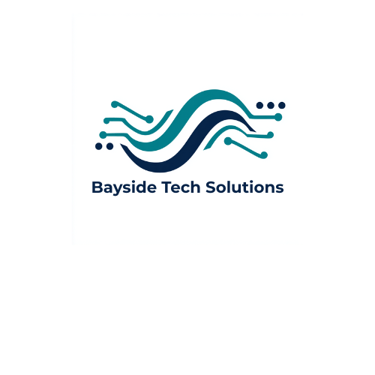What is Kent Learning This Week?
An overview of what lessons, discussions, and topics I'm learning in class and how they can be applied.
Kent Young
8/8/20252 min read


Week 1: Foundations & Frameworks – Why Instructional Design Feels Like Home
This week was about more than just acronyms and theories—it was confirmation. From day one, diving into foundational models like ADDIE and exploring what makes instructional design distinct across industries just clicked. There’s something deeply validating about realizing that the way I approach building tech-integrated systems for micro-schools isinstructional design. Whether it’s scaffolding learning through a podcast project or streamlining device rollouts, it all lives here. This week didn’t just teach me—it reminded me I’m in the right place.
Week 2: Building the Blueprint – Executive Skills in IDT
If Week 1 set the stage, Week 2 handed me the blueprint. I explored four major skill areas: project management, LMS administration, multimedia authoring, and AI integration. Each one overlaps directly with the work I’m already doing—sometimes instinctively. Now, I’m learning to name those instincts, map them to theory, and scale them with intention. The kicker? Realizing that AI isn’t just a tool—it’s a collaborator. And it’s changing the game for learner-centered design. This week = full mental download mode.
Week 3: Feedback Loops & Peer Learning
This week’s goldmine wasn’t just the content—it was the conversation. Peer feedback in our discussion forums became a whole new type of learning. I gave, I received, I revised. One classmate challenged me to go deeper with citations, and another affirmed the connection between my tech integration work and cognitive load theory. It was a reminder that design doesn’t live in isolation—feedback is the engine. Also: yes, I might be a little addicted to turning everything into a visual system (see: 3Ps).
Week 4: What’s Trending? What’s True?
This week, we explored what's current in instructional technology—from AI to XR to personalized learning dashboards. I took a deep dive into how Bayside Tech Solutions could grow with these tools in a sustainable, grounded way. It’s not about chasing shiny objects; it’s about aligning with what actually serves students and teachers. Big takeaway? A flashy tech trend doesn’t mean much if it doesn’t reduce cognitive load or increase student agency. Instructional design is the filter, not the follower.
